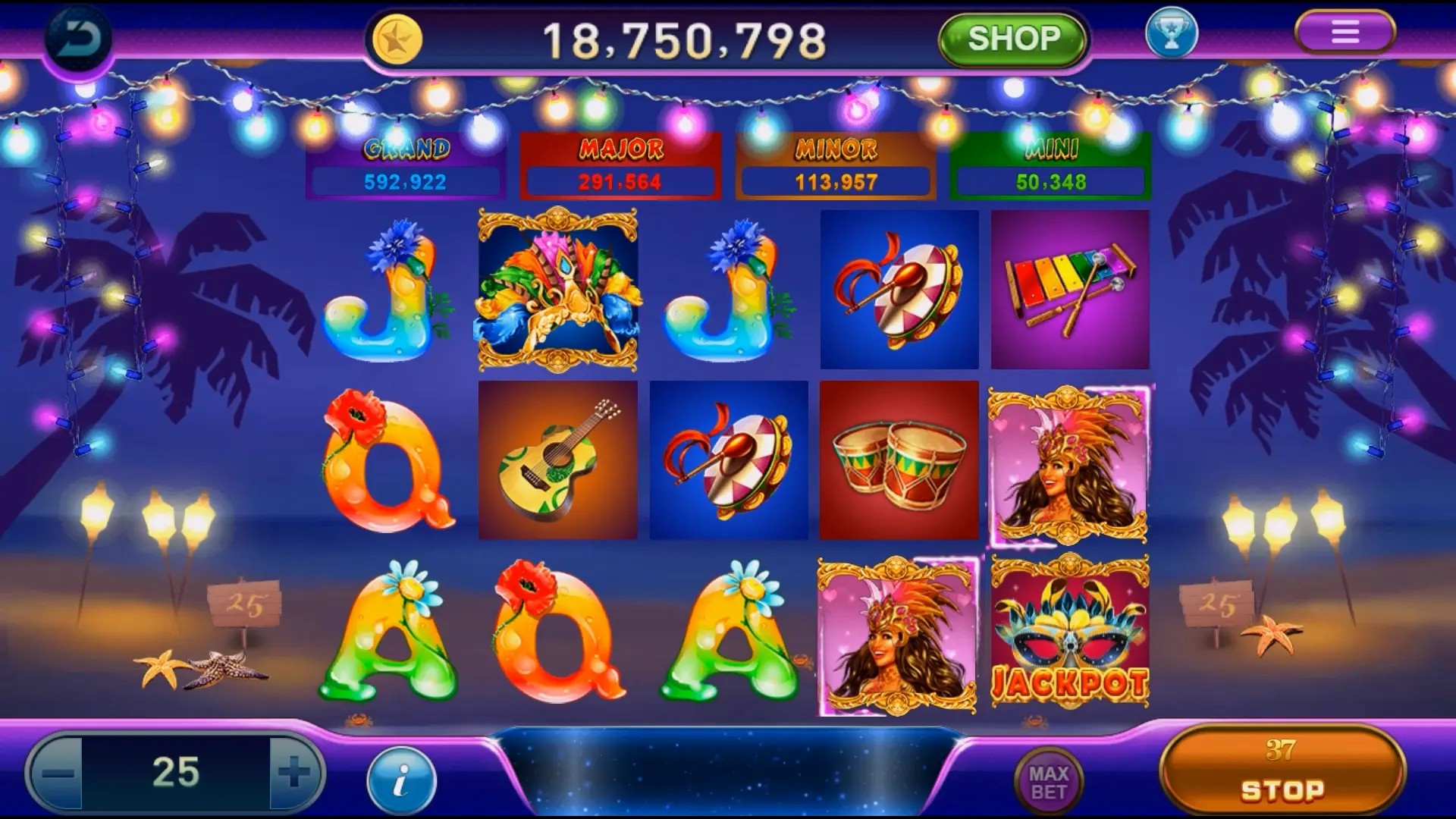Top Adventure Games for Young Learners
Looking for adventure games that also teach? You’re not alone. Parents and educators across Portugal are turning to fun digital experiences that spark curiosity and develop critical skills—without feeling like homework. The right mix of story, puzzles, and action can make learning invisible, wrapping math, logic, and language in quests and exploration.
Gone are the days when educational meant “boring cartoons and endless quizzes." Modern educational games use real adventure games frameworks to immerse kids in vibrant worlds. Think secret islands, lost ruins, talking animals. Games like the one with that cheeky rascal from Vagrant Four Icon Puzzle Vivian Wesandyth Kingdom don’t just distract—they train pattern recognition and cause-effect reasoning. Even subtle mechanics build confidence.
What Makes a Game Both Fun and Useful?
Balance. The best ones avoid lecturing. They let the challenge *teach*. When a kid fails to open a chest, they have to rethink—not get told the answer. Trial, error, discovery. That’s where real brain muscle grows.
- Puzzle-based navigation encourages problem-solving
- Moral choices in stories boost emotional IQ
- Mini-games reinforce numeracy or spelling
- Non-verbal cues improve observational skill
Vagrant Four & Hidden Learning Gems
If you’ve heard murmurs about Vagrant Four Icon Puzzle Vivian Wesandyth Kingdom, you’re tuned in. It’s not marketed as a school tool, but teachers are quietly smuggling it into classroom play zones. Why? Because solving Wesandyth’s mirror vault puzzle demands sequential logic—just like writing code. And no adult is telling the child what step three is. They have to watch patterns. Test hunches. Learn from glitchy outcomes.
This kind of autonomy—figuring it out alone—is the secret sauce. And hey, that character Vivian? Her journal is full of word clues with archaic grammar. Deciphering those sneaks in linguistic structure without the red pen.
Are Popular Hits Actually Teaching Something?
Take Delta Force Hawk Ops. Wait—it’s military-themed? Yeah. But hear me out. The *planning phase* in co-op mode is where brains get busy. Assigning roles, scouting maps, managing resource limits—all before the action starts. That’s teamwork simulation under constraints. Sound like project management? It should.
And about how to get access to Delta Force-style challenges safely? Parents use mods or sandbox servers to filter content. No real violence needed to run these cognitive workouts. Some schools even run “tactical problem week" using adapted versions with robot rescue missions instead of combat.
| Game Title | Hidden Skill Boosted | Age Suitability |
|---|---|---|
| Vagrant Four Icon Puzzle | Pattern recognition, logic sequencing | 9+ |
| Wesandyth Kingdom Quest | Vocabulary inference, lateral thinking | 10+ |
| Delta Force: Hawk Ops (modified) | Resource planning, team coordination | 12+ (with oversight) |
| Forest Trail Detective | Observation, attention to detail | 6-10 |
How to Tell the Real from the Razzle-Dazzle
Nine times out of ten, if it looks like a sugar-coated flashcard app, it is. You want something that doesn’t announce itself as “educational." The child should be saying “Let me try it again!" not “Do I *have* to?"
So check for:
- Agency: Can the child choose a path? Failure leads to retry, not a pop quiz.
- Rich context: Worlds that feel alive, not slide-show backdrops.
- No constant reward pings: Avoid apps that go “Ding! Good Job!" every 30 seconds. Trust kids to know they did something well.
- Language flexibility: Bilingual clues or visual-only puzzles reduce text dependency.
Surprising Gains from Seemingly Silly Quests
That goofy game where you collect glowing frogs while avoiding swamp mist? Might teach basic physics concepts like vapor density if kids notice mist sinks in certain zones. One mom in Lisbon shared her 7-year-old started linking in-game fog levels with real rain patterns after playing a similar title.
That’s transfer—the ultimate prize. It means the game didn’t just teach a rule, it helped grow a mind that looks for connections elsewhere.
Even Vivian Wesandyth’s obscure lore scrolls? A dad told us his kid started reading real myths at home after cracking the in-game runes. No pushing required. Just a door left ajar.
Key Takeaways
When searching for adventure games with real educational depth, don’t just search “best educational games." The most effective ones hide in plain sight. Look at narrative drive, not just badges and leaderboards.
Here’s a quick reminder of what matters:
- Puzzles that scale in complexity train grit.
- Open-ended choices improve judgment.
- Mistakes in safe virtual settings build real resilience.
- Talking less about “winning," more about “figuring it out," shifts motivation from reward to discovery.
Final Thoughts: It’s About Curiosity, Not Control
Kids don’t need lessons. They need mysteries worth unraveling. A crumbling temple. A coded message from a squirrel. The way light shifts at different times in Wesandyth’s valley. That’s where curiosity lives.
If you’re thinking about giving Delta Force Hawk Ops a chance but worried it’s not “soft" enough, try the story-only mode. Strip out combat, keep the planning and scouting. Same mechanics, gentler frame. Sometimes, access isn’t about permission—it’s about perspective.
At the end of the day, adventure games offer something most classrooms still can’t: autonomy. A child who fails five times to open a door but keeps trying because *they care* about what’s behind it—that’s learning you can’t manufacture.
So maybe it’s not about hunting the perfect “educational game." Maybe it’s about letting adventure breathe—and trusting kids to grab hold when they’re ready. They often surprise you. Like that quiet one who cracked the Vagrant puzzle in 48 minutes, beating even older testers. Nobody saw it coming.
Bottom line: Fun isn’t the distraction from learning. Sometimes, it’s the doorway.



